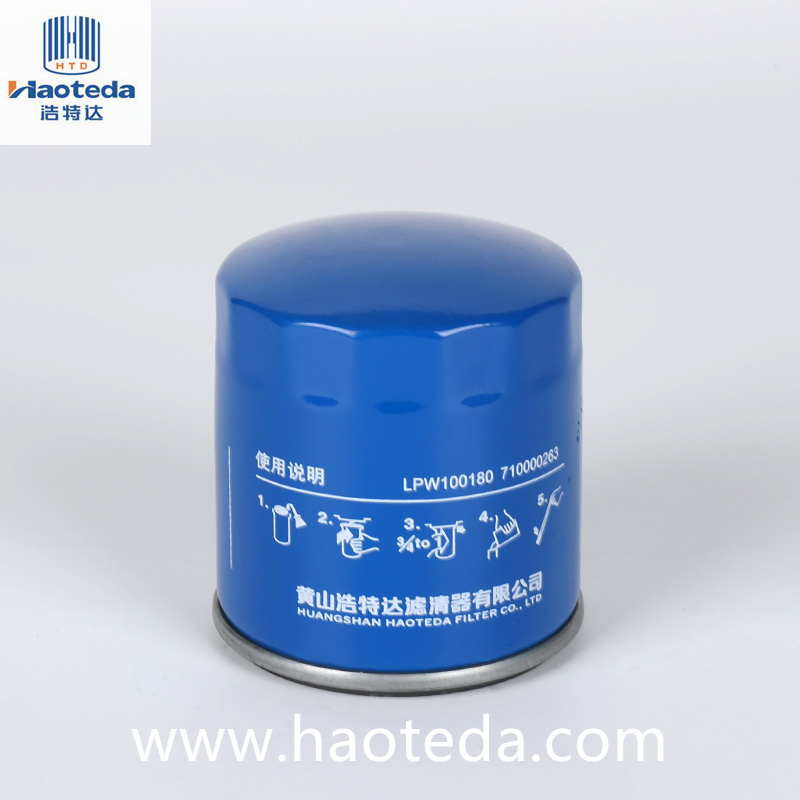Metal oil filters are essential components in modern automotive engines, designed to maintain engine performance and longevity by filtering out contaminants from the engine oil. The construction of these filters involves a careful selection of materials, each contributing to the filter's overall effectiveness, durability, and performance.
The primary structure of a metal oil filter consists of a cylindrical metal canister, which is typically made from steel or aluminum. Steel is commonly used due to its strength and cost-effectiveness. It can withstand the high pressures within the engine oil system and provides a robust housing for the filter's internal components. Aluminum, on the other hand, is lighter and can offer better resistance to corrosion, although it is generally more expensive. The choice between steel and aluminum often depends on the specific requirements of the vehicle and the cost considerations.
Inside the metal canister, the core component is the filter media, which is responsible for capturing and holding contaminants such as dirt, metal particles, and sludge. The filter media is usually made from paper, synthetic fibers, or a combination of both. Paper media, often composed of a blend of cellulose fibers, is common due to its cost-effectiveness and adequate filtration capabilities. However, synthetic fiber media, made from materials like polyester or nylon, offers superior performance by capturing finer particles and having better resistance to degradation over time. Some high-performance filters use a combination of paper and synthetic fibers to balance cost and filtration efficiency.

Additionally, many metal oil filters are equipped with an anti-drainback valve, typically made from rubber or silicone. This valve prevents oil from draining out of the filter when the engine is off, ensuring that the filter is full of oil and ready to provide effective filtration as soon as the engine starts. The material of the anti-drainback valve is crucial because it must remain flexible and effective across a wide range of temperatures and oil types.
The base plate of the Metal oil filter, which is perforated with holes to allow oil flow, is also an important feature. It is usually made from stamped steel and includes the threaded connection that screws onto the engine block. The perforations in the base plate are designed to ensure an even flow of oil into the filter media while maintaining the structural integrity of the filter.
The materials used in the construction of metal oil filters are chosen to provide a balance between strength, durability, filtration efficiency, and cost. Steel and aluminum offer robust and reliable housing, while paper and synthetic fibers in the filter media ensure effective contaminant removal. The choice of materials affects not only the performance and longevity of the oil filter but also its overall cost and suitability for different types of engines and driving conditions. Understanding these materials and their roles helps in selecting the right oil filter for optimal engine protection and performance.
 English
English
 English
English Español
Español Français
Français
 +86-139-6774-0263
+86-139-6774-0263









